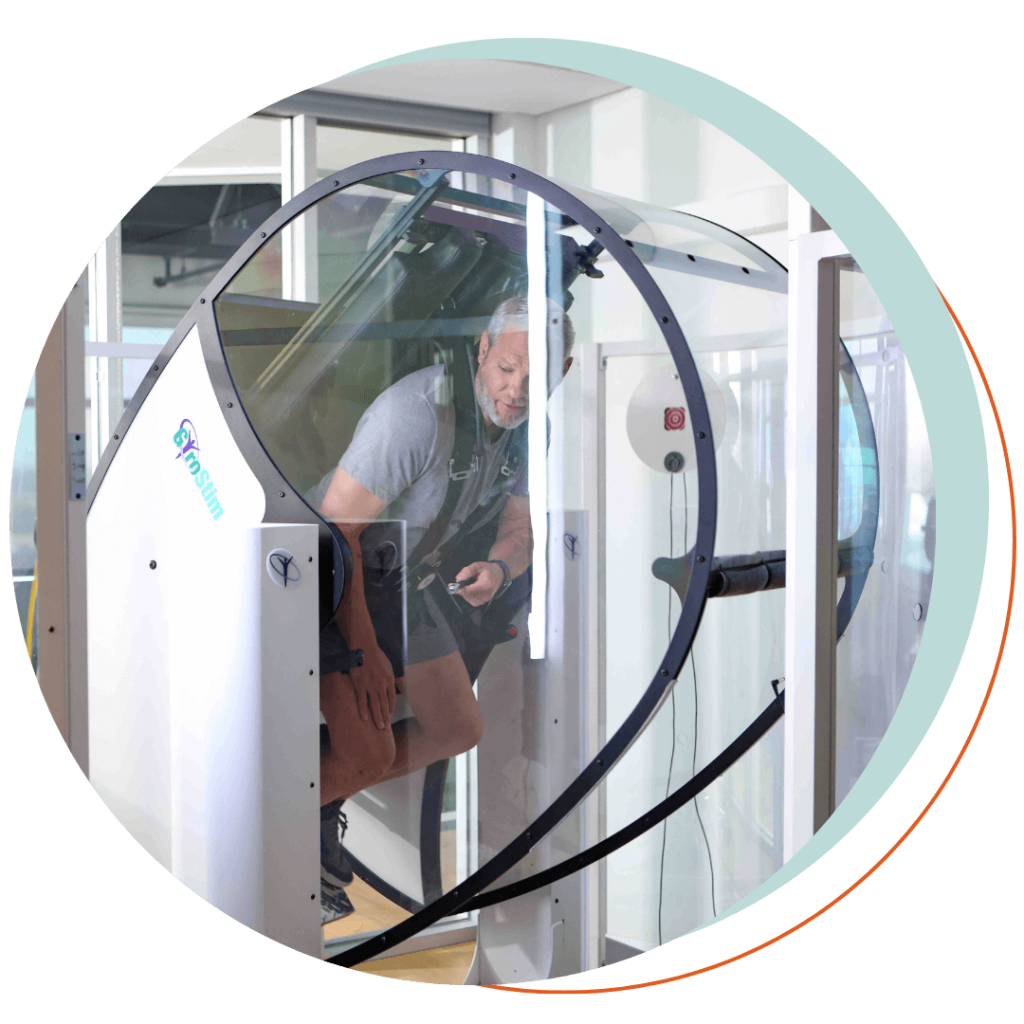
What is a Headache?
It’s estimated that 45 million Americans complain about experiencing headaches each year, which is 1 in 6 people. Often, this can start in the neck and radiate to the head. A headache is unfortunately a common condition that results from pain or discomfort in the head or face. Headaches can vary in intensity, location, and frequency.
There are three types of headaches. They are:
- Migraines
- Tension Headaches
- Cluster Headaches
Each of these types of headaches have their own unique attributes and symptoms, which can help your doctor properly diagnose and treat you. All result in some form of pain though, often manifesting as a throbbing sensation, a dull ache, or a sharp pain in the face.
Most headaches are not dangerous, but frequent or chronic headaches can be an indicator of a serious underlying condition that needs further medical attention.
What Causes Headaches?
There are a variety of reasons that you may experience a headache, some relating specifically to your lifestyle. Regardless of the external cause, a headache is the result of pain receptors being stimulated in a person’s neck or head, which reports to your brain that you’re in pain.
There are a variety of reasons you could be experiencing a headache. The most common causes are:
- Dehydration
- Dental or jaw problems
- Diet
- Eye problems
- Ear, nose and throat disorders
- High blood pressure
- Hormonal influences
- Infections
- Medications
- Muscular tension
- Problems with neck joints
- Nervous system disorders
- Stress
- Temperature – extreme hot or cold
If you experience recurrent headaches, take note of whether you notice any of these causes prior to the headache. Knowing what potentially triggers your headache is important to know so your doctor can create a personalized treatment plan for you.

What Are My Treatment Options for Headaches?
The therapy for your headaches will depend on your diagnosis, your specific symptoms and the type of headache you are experiencing. Treatment options for headaches could include any of the below, though here at Parker Performance we also offer innovative technologies focused on breakthrough in treatment.
- Cold or hot compresses over the affected area
- Massage therapy
- Joint adjustments
- Therapeutic exercise
- Over the counter medication such as aspirin, advil, Motrin, or Tylenol
- Resting in a quiet and calming space,
- Prescription medication from your doctor
If you’re experiencing persistent headaches, it’s time to begin your journey to experiencing relief. To receive a medical diagnosis and treatment specific to your needs, reach out to our team today for an initial consultation.
Frequently Asked Questions About Headaches?
What are the primary types of headaches?
- Migraine: A type of headache that often results in nausea, vomiting, lightheadedness, light sensitivity, and various other visual impairments.
- Tension Headaches: The most common type of headache that is a result of stress and tight muscles. Other common symptoms are slow onset headache, head hurts on both sides of face, pain is dull, pain in the back part of the head or neck, and the pain is mild.
- Cluster Headaches: Cluster headaches often occur in a persistent series of time over a period of weeks or months. The most common symptoms to be aware of are severe pain on one side of the head (most often the eye), swelling of the eye, runny nose or congestion, swelling of the forehead, and red and watery eye with a droopy lid.
Are headaches and migraines the same thing?
Yes, in a way. A migraine is a type of headache – not all headaches will be migraines but all migraines are headaches.
When should I see a doctor for my headache?
You should seek professional medical advice if:
- Your headache pain persists
- Your headache interferes with your activities
- Starts suddenly and is extremely painful
- If you experience a blow to your head
- Experience confusion, blurred vision, and balance or speech
- Experience numbness or weakness
- Experience a stiff neck or rash
- Persistent vomiting





